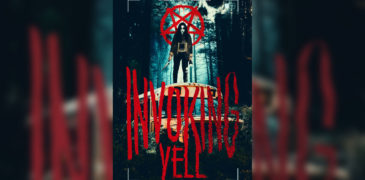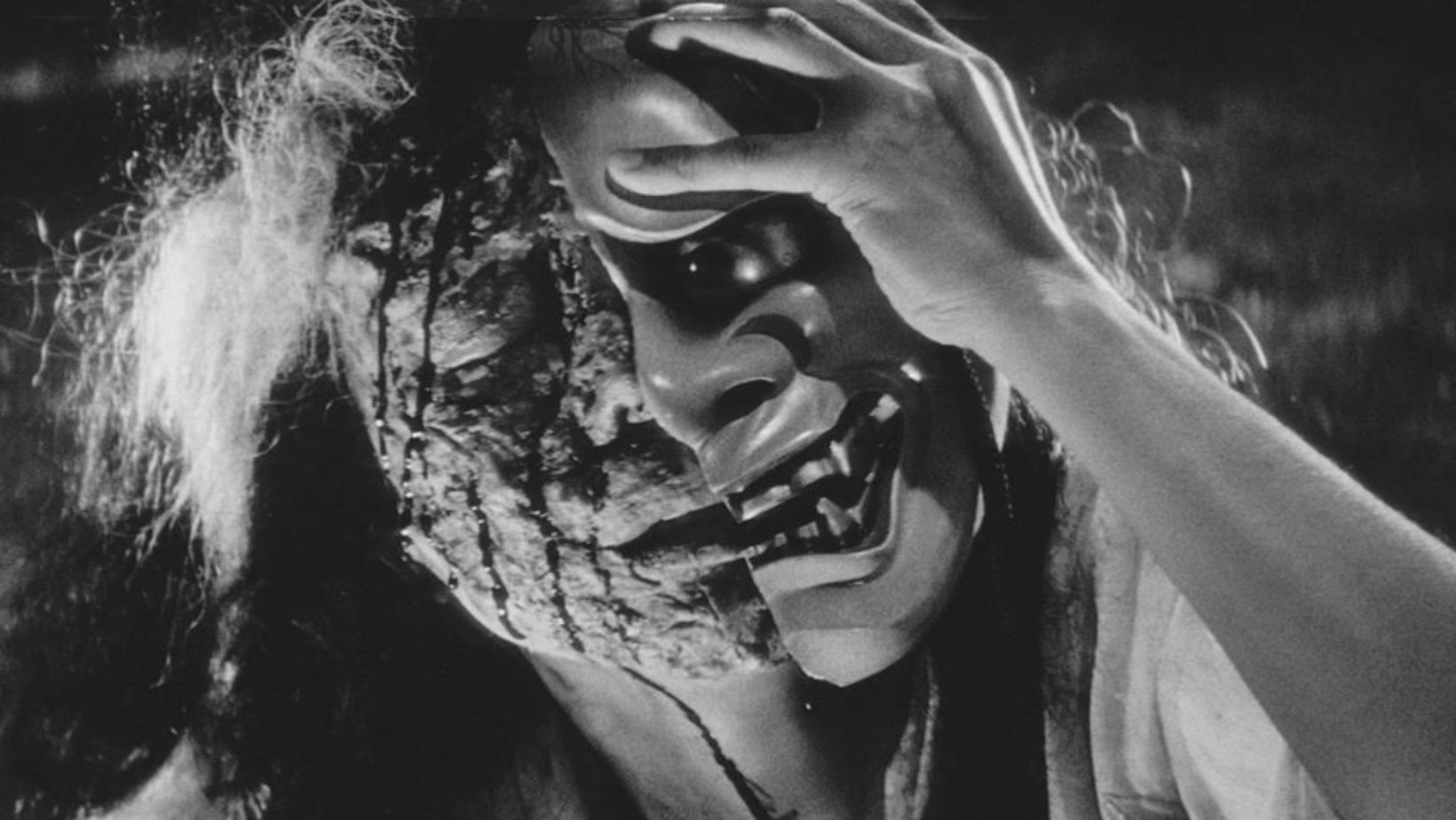
If Ugetsu is what kickstarted the Japanese tradition of Edo Gothic, Kaneto Shindo may have perfected it with Onibaba (1964). It’s a horror film that doesn’t resort to horror, a ghost story with no ghosts. Its evils reside in all too familiar sources: resentment, human nature, and religious hypocrisy, all woven seamlessly through its narrative fabric, a blanket that covers its protagonists with inexorable shadow.
Firmly situated between two trends, its place in Japanese horror is one of transition. With its cinematographic bleakness and period setting, the influence of the previous decade’s Gothic films is readily apparent. The heightened sensuality, however, is a clear mark of the pinku films that came to be only two years prior. But Onibaba isn’t a cheap peepshow or a violent fantasy. Its sexuality is inherent to its story – not merely pornographic, but central to the conflict. It’s depicted as a wonderful virtue tainted by human vice, a natural instinct stained by base desires.
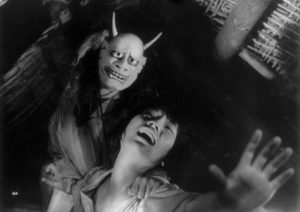
The film’s title literally translates as “demon hag,” and its relevance waits until the end to reveal itself. During a civil war in medieval Japan, two nameless women, one the mother-in-law to the other, survive by killing lost soldiers and selling their possessions. Their neighbor, Hachi, returns after deserting from the army with the older woman’s son. Her son was killed when the two attempted to steal food, and the old woman, bitter and angry, forbids Hachi from seeing her daughter-in-law, who seems to share her contempt.
The old woman’s misgivings seem justified – Hachi is a cynical coward, devoid of honor, and quite clearly out for his own self-interests. He is crass and disrespectful, every bit of the villain that the film’s opening makes him out to be.
But something happens as the second act commences. The young woman’s disgust is shown to be a façade. She seeks out Hachi, feigning revulsion, and quickly succumbs to his advances. There’s a sense of dismay as the two become inseparable as if the young woman has voluntarily thrown herself into unpredictable danger.
From what has she torn herself? Her husband is dead. She lives in abject poverty, robbing and killing to survive. In their rigid, patriarchal society, her safety is more guaranteed with another man. From this viewpoint, Hachi’s selfishness seems more of a blessing than a curse.

The narrative eventually agrees. It’s revealed that the old woman’s fears aren’t based on concern for her daughter-in-law – she’s simply torn apart by jealousy, no longer an object of desire. Her son chose the young woman, but his longings were non-threatening. With his death, this girl has now become a symbol of her lost virility, a trophy she wishes to possess so that no others may have it.
By this point, it’s plain that we’ve been deceived. The negative sentiments toward Hachi result from following the old woman’s perspective. She is an envious, spiteful widow who is afraid that the young woman will leave her to die. The film’s established reality begins to shift as her true nature is revealed. Desperate, she turns to religious conservatism – and a demon mask, stolen from a dead samurai – as her last chance at manipulation.
Shindo tracks this descent into darkness masterfully. The use of high contrast – mostly blackness with splashes of light – paints the screen in encroaching shadow, slowly becoming more pronounced as the story progresses. The film opens in daylight, in which the first act is almost exclusively set. As Hachi and the young woman begin their liaisons, she must escape to meet him at night, and as the setting grows darker, so does the old woman. Defined by jealousy at first, this darkness transitions to fear – the old woman dreads the young woman’s emancipation, and as she allows her darkness to change them both, her worst fears are guaranteed. Shadows that lent the demon mask a menacing glare now give it a look of terror, the wearer’s life irreparably shattered.
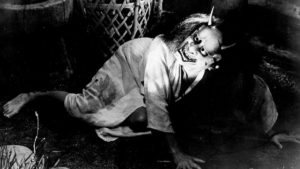
The one constant through this turmoil is Hachi. His character never changes, but the perception of him does. Although he ends the film as callous as he begins it, his fate becomes disappointing as the narrative’s perspective shifts. He is a hard man, but not an evil one – he simply wishes to survive and do so with a companion.
In the end, however, nobody is innocent. The old woman is a demon, the young woman kills to survive, and Hachi endorses, even enables, their way of life. But as the old woman notes, this is only temporary. Once the war is over, all of their lives will improve again. “But who knows when that will be?” Hachi retorts. He has already resigned himself to a life of hardship, one forced upon them by events outside their control. This reality, cold and severe, serves as Shindo’s final subtext: Onibaba is vehemently anti-war, with its true victims being the poor.
More Film Reviews
An experimental narrative on loss and ghastly visions that hint at sinister forces, The Barn is a dialogue-free short film with a heavy focus on music. Dense on atmosphere, The… Director Kenichi Ugana is profoundly interested in exploring societal outcasts and obsessives in his work, whilst maintaining a distinct punk and transgressive style. With titles such as Visitors: Complete Edition… If ever there was a personification of “It’s not the Destination, it’s the Journey”, it’s Seiji Tanaka’s 2018 Millennial thriller Melancholic. Released recently in dual format by the pioneeringThird Window… Satan War is a 1979 Satanic exploitation horror, written and directed by Bart La Rue. Whilst mostly known as a TV actor who had starred in over 20 roles, including… “When six young strangers are invited to a once-in-a-lifetime opportunity – an exclusive dinner party hosted by a charming and enigmatic host on the most romantic night of the year,… Self-described as a metalhead for life, Chilean filmmaker Patricio Valladares makes some noise in this year’s version of Unnamed Footage Festival. Taking place in San Francisco, this event is proud…The Barn (2021) Short Film Review – Drowning in Raw Chicken
Incomplete Chairs (2025) Film Review – Furniture-Based Body Horror [GrimmFest 2025]
Film Review: Melancholic (2019) – Seiji Tanaka’s Millennial Thriller
Satan War (1979) Film Review – We Have Amityville at Home! [Fantastic Fest]
Most Horrible Things (2022) Film Review – Most Horrible Indeed!
Invoking Yell (2023) Film Review- Not with a Bang but with a Shriek (Unnamed Footage Festival 666)
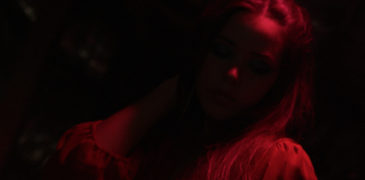
![Incomplete Chairs (2025) Film Review – Furniture-Based Body Horror [GrimmFest 2025]](https://www.grimoireofhorror.com/wp-content/uploads/2025/10/Incomplete-Chairs-2025-cover-365x180.jpg)

![Satan War (1979) Film Review – We Have Amityville at Home! [Fantastic Fest]](https://www.grimoireofhorror.com/wp-content/uploads/2024/09/Satan-War-cover-365x180.jpg)

